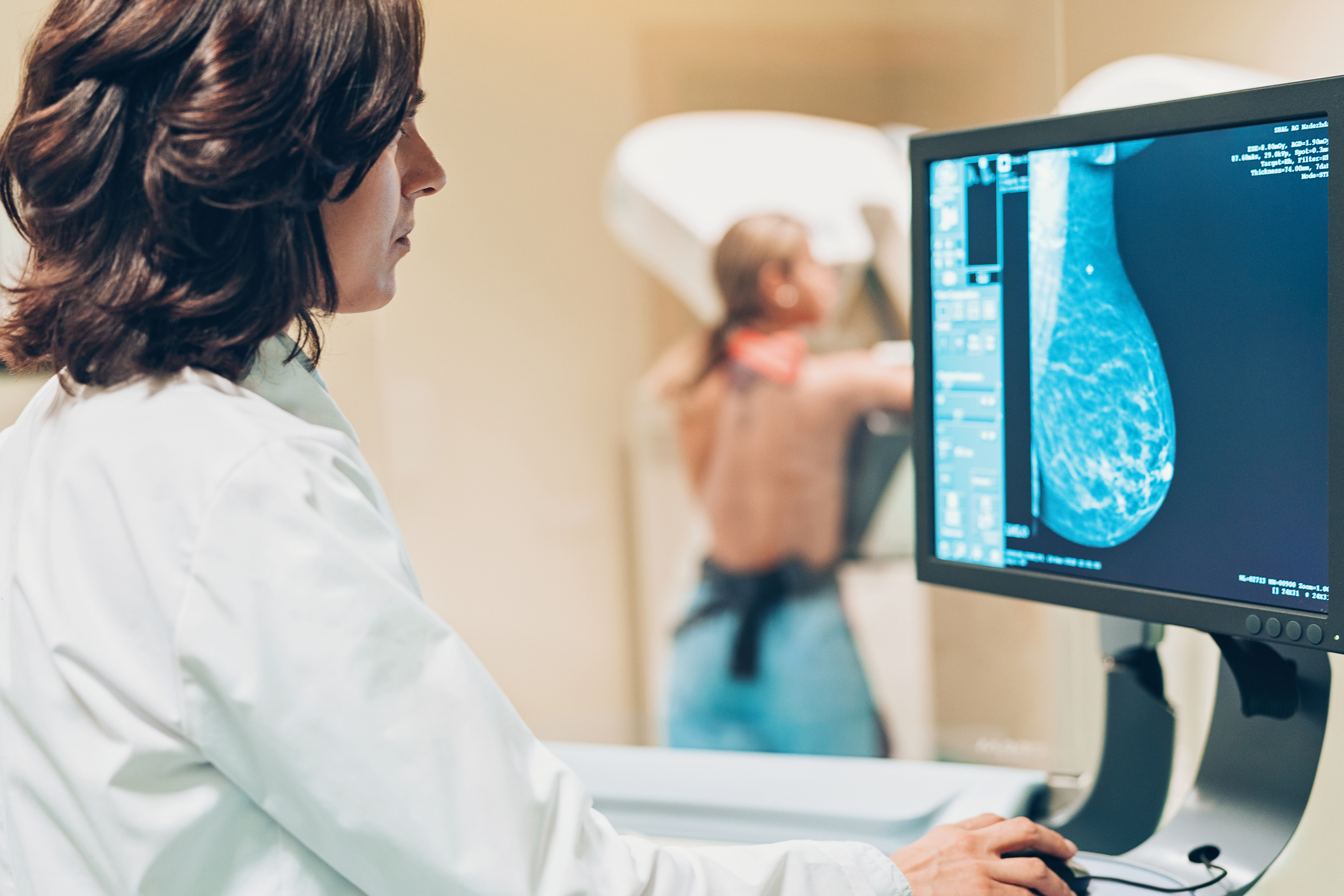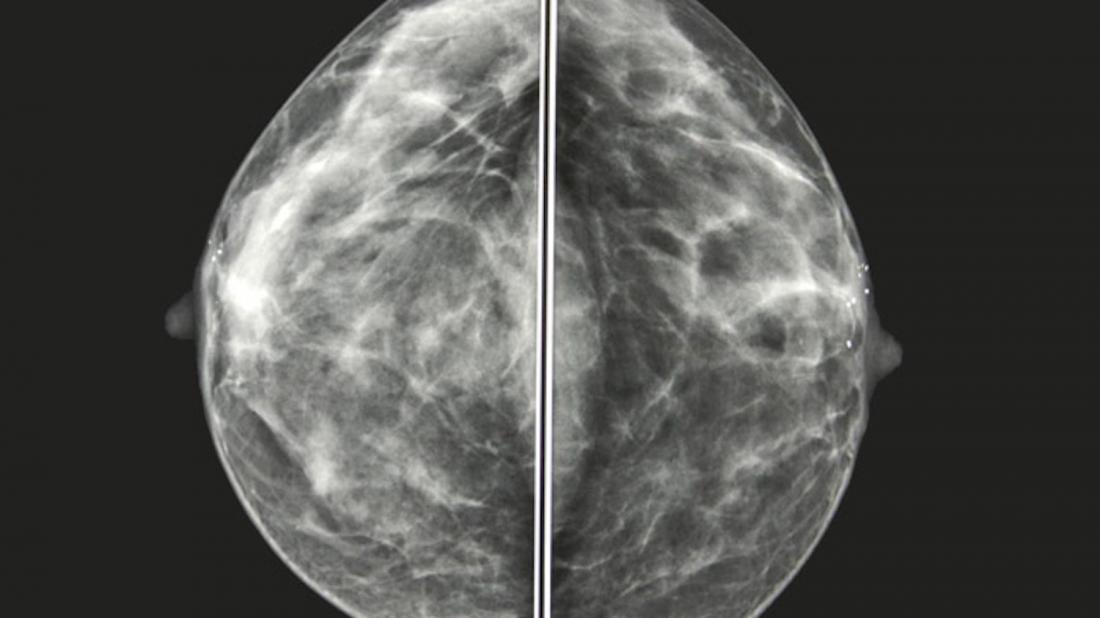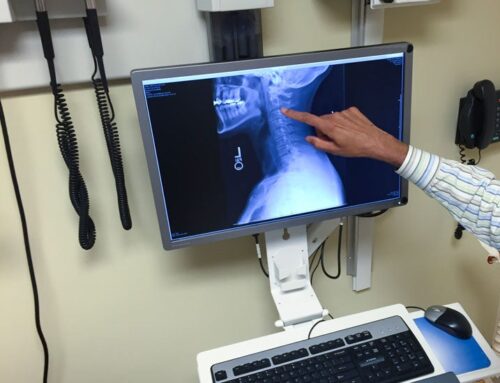WHAT IS AN ABNORMAL MAMMOGRAM?
Abnormal mammogram results occur when breast imaging detects an irregular area of the breast that has the potential to be malignant. This could come in the form of small white spots called calcifications, lumps or tumors called masses, and other suspicious areas. Generally, when mammography results detect an abnormality during a breast screening, they will notify the patient and ask that she come in for testing. Sometimes irregular mammograms are the result of a false-positive and are deemed to be non-cancerous. These situations are typically avoided by using high-resolution 3D mammography when screening for breast cancer.
What Could Cause an Abnormal Mammogram Result?
If your mammogram result came back abnormal, here are things you need to remember: relax and take a deep breath, and it happens more often than you think. An abnormal mammogram result does not always mean you have breast cancer.
In fact, according to the American Cancer Society (ACS), only a very few women – fewer than 1 in 10 – who have had a mammogram and get called back for additional testing are diagnosed with cancer.
So, this begs the question: if it’s not cancer, what else could cause an abnormal mammogram result? Let’s explore below.
Other Potential Causes of Abnormal Mammogram Results
Aside from cancer, an abnormal mammogram result could be due to the following conditions:
-
Benign breast conditions
- Fibroadenomas – These are noncancerous lumps often found in women in their 20s and 30s. These lumps are painless and may vary in size.
- Fat necrosis – This is a condition in which painless, noncancerous lumps form in the breast tissue. It’s caused by damaged and disintegrating fatty tissues, usually due to a bruise or blow to the breast.
- Hematoma – It’s a blood-filled mass caused by injury or breast surgery.
- Sclerosing adenosis – This is characterized by excess growth of tissues in the breast’s lobules. It can cause breast pain and may need further testing to rule out cancer.

Doctor and patient making a mammography
Calcifications and microcalcifications
These are bits of calcium that appear as small, white spots. Most are benign. They are common among aging women and those who have had breast injury, mastitis, or breast infection.
-
Cysts
A cyst, a fluid-filled sac that forms in the breast tissue, is rarely malignant and may be caused by blocked breast glands.
-
Dense breast tissue
When you have more fibrous or glandular tissue, your doctor may consider your breasts dense. Dense breast tissue can make it more challenging to read mammograms. As such, you may be called for further testing.
What Happens After an Abnormal Mammogram Result?
If your mammogram result is abnormal, your doctor will likely require additional test/s to rule out cancer. Your doctor may recommend any of these tests:
- Diagnostic mammogram – It’s the same procedure as a screening mammogram. The difference is that this test takes more detailed or magnified pictures of the suspicious area of your breast to rule out cancer.
- Breast ultrasound – This medical imaging method uses sound waves to capture images of your breast.
- Breast magnetic resonance imaging (MRI) – It uses magnetic fields to create images of the breast. A contrast agent is often given through an IV before the test.
- Biopsy – Using a needle or surgery, your doctor removes cells or tissue from the suspicious area. After they obtain the sample, your doctor sends it to the pathology lab for analysis.
WHO IS AT RISK FOR IRREGULAR MAMMOGRAM RESULTS?
Abnormal mammogram results can occur in anyone but are most common in women between 40 and 75 years of age. Genetic predisposition or past irregular mammogram images may increase your potential for abnormal mammogram test results.
It is important to undergo regular mammogram screenings with trusted, certified specialists in breast imaging in order to detect an abnormality early.

WHAT SHOULD I DO IF I HAVE AN ABNORMAL MAMMOGRAM?
Typically, after a mammogram, you will receive notice of a normal mammogram. But if doctors see something suspicious, they will notify you of abnormal mammogram results. At that point, you will be called back to take new pictures or to have further testing. Finding out that you need further testing can be scary and you may feel some anxiety, but it does not always indicate that cancer is present. Abnormal mammogram results could be due to a non-cancerous tumor, cyst, or dense breast tissue. Often, patients return for further testing and are found to be cancer-free.
HOW COMMON ARE ABNORMAL MAMMOGRAMS?
Each year about 10 percent of women who receive mammograms will be told their mammogram was abnormal, and they will be recalled for additional testing. But, as mentioned above, only 1-2 percent of women who receive an abnormal mammogram will need a biopsy, and most of these biopsies won’t find any cancer.
WHAT DO I DO IN THE EVENT CANCER IS DETECTED AFTER FURTHER TESTING?
If cancer is present, your doctor will consult with you. He or she may then want to ask for further tests to determine exactly what type of breast cancer it is, if it has spread elsewhere, and if it is sensitive to hormones like estrogen and progesterone. This information will then determine the best treatment approach.
Having a regular mammogram is key to early detection of breast cancer. Why is this such a key? There is a 99 percent 5-year survival rate for women who are diagnosed with cancer while it is still confined to the breast and most breast cancers are found at this stage.
WHAT TESTS CAN BE DONE AFTER AN ABNORMAL MAMMOGRAM?
Even with an abnormal mammogram, the chances are you do not have breast cancer. Only 8 to 10 percent of women who are told they have an abnormal mammogram will need a biopsy, and of those biopsies, 80 percent show benign results.
Still, after an abnormal mammogram, it’s likely that these additional tests will come next:
Diagnostic mammogram
This is a more in-depth series of diagnostic images that take a closer look at the areas of concern or repeat views of areas where the results were unclear.
Diagnostic ultrasound
These tests use sound waves to create their images that are then displayed on a computer monitor. A hand-held transducer is moved firmly over your breast while you lie on your back. Ultrasounds can provide a better view of a mass or structure seen on the mammogram.
Breasts MRI (Magnetic Resonance Imaging)
An MRI uses radio waves and magnets to build a detailed digital picture of internal structures. You’ve heard of MRIs for issues such as knee injuries because of their ability to show soft tissue. For a breast MRI, you enter the MRI tube lying on your stomach. MRIs are painless, but headphones are provided to mask the noise involved.
These tests will usually be sufficient to rule out the need for a biopsy. But, as mentioned, in 8-10 percent of cases a biopsy may be the next step.
How do I know if I need a biopsy after an abnormal mammogram?
Your doctor will likely recommend a breast biopsy if an unexplained mass is found in your breast tissue. The goal of a biopsy is to extract cells from within the mass for microscopic examination. Most biopsies are negative, meaning they are free of cancerous cells.
See What Our Patients Are Saying!
(Review taken from Google)
“This place is absolutely fabulous! When I first walked in, I was warmly greeted by Linda, the receptionist. She’s absolutely a gem! The director Felecia, is so sweet and will make sure you’re being taken care of! Danielle, the mammography technician, is extremely professional and she is thorough. She gave me clear and precise directions throughout the process, also making sure that I was comfortable. For anyone who’s reading this review, you are PURELY, in good hands, once you’ve visited this facility. (You like how I did that right)?
Not for nothing, to all the women out there, we know that this experience can be uncomfortable and not fun. I assure you, the ladies at Pure Mammography will help you through the process as much as possible. Thank you Pure Mammography for your professionalism and for being you!” – Ebony Washington
Medical Arts Radiology has multiple women’s imaging sites across Long Island, including PURE Mammography. PURE provides the latest in mammogram technology and comfort, using 3D mammography and providing a relaxing, spa-like atmosphere. Expert specialists who are committed to patient comfort and care increase the likelihood that the first set of images will provide accurate results. However, if specialists find abnormal mammogram images, a patient may be called back to PURE or one of our other Medical Arts Radiology locations for further testing.
ABNORMAL MAMMOGRAM FAQS
Did you compare my current mammogram to my previous ones? How far back do you compare?
This is to look at any new abnormalities that have appeared or grown over time. If an item doesn’t grow or change in two years, it doesn’t need any attention, as it’s benign.
Is the nodule a liquid cyst or a solid lump?
Liquid cysts or solid lumps can cause an abnormal mammogram. An ultrasound will then determine the consistency of the lump, whether it’s a cystic lesion filled with water or a solid lump. Solid lumps could be cancerous.
What are microcalcifications?
Microcalcifications often lead to abnormal mammograms. These are calcium deposits, and additional magnified views will be necessary to determine if they are suspicious and merit a biopsy.
Do I have dense breast tissue?
Dense breast tissue can show up white on a mammogram, the same as breast cancer tumors do. This makes it difficult to discern whether the white is made up of milk glands, milk ducts, and fibrous tissue, the makeup of dense breast tissue. Women need to be aware of whether they have dense breast tissue, as other tests, such as ultrasound or an MRI may be better diagnostic tools.
What is a BI-RADS score?
Federal law requires radiologists to give each mammogram a BI-RADS (Breast Imaging and Reporting Data System) rating based on how concerning the results of the mammogram are. A score of one indicates a completely negative mammogram, a score of three means there is a tumor, but it is most likely benign, and a score of five is considered “highly suggestive” that the abnormality found is malignant.
Does an abnormal mammogram always mean a cancer diagnosis?
It’s important to know an abnormal mammogram doesn’t always result in a cancer diagnosis, not even close. It’s more likely the presence of a cyst, breast dense tissue, or microcalcification is behind the abnormal designation and calls for additional screening. Some women can put off the additional screening due to fear, but that’s not necessary, and surely not wise.




